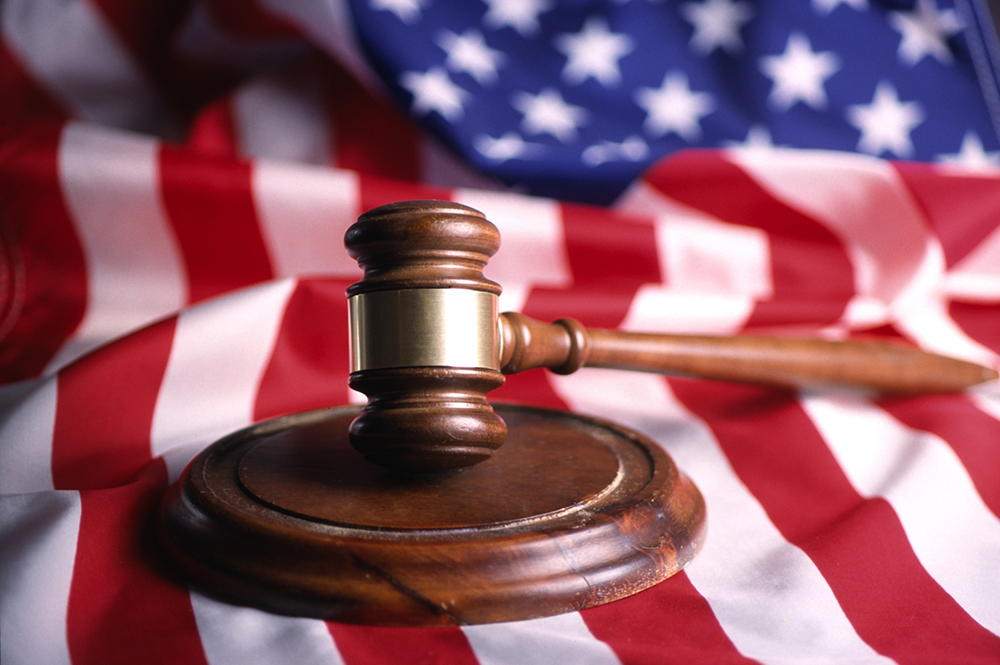Why Select Federal Appeal Lawyers: Proven Methods for Effective Appeals
Why Select Federal Appeal Lawyers: Proven Methods for Effective Appeals
Blog Article
Demystifying the Process of Federal Appeals: What You Required to Know
Navigating the elaborate world of federal allures can often seem like going across uncharted waters for those unknown with the process. Understanding the nuances of appellate court territory, the details of submitting a notification of allure, providing an engaging quick, and making a convincing dental argument are essential components that can dramatically impact the result of a situation. By unraveling the layers of complexity bordering government charms, people can gain a clearer understanding into the mechanisms that regulate this critical point of the lawful system.
Comprehending Federal Appeals Process
Looking into the intricate realm of the federal allures process unveils a systematic and structured journey with the judicial system - federal appeal lawyers hobbs act. Federal allures act as a vital system for assessing decisions made by reduced courts. Comprehending this procedure is necessary for anybody associated with legal process at the federal level
The procedure typically begins with a celebration disappointed with a lower court's judgment filing a notice of charm. This activates a review by a higher court, where a panel of courts assesses the lawful arguments provided by both parties. Briefs detailing the lawful thinking behind each party's position are sent, and dental debates may be heard to make clear complex problems.
The appellate court's decision is based on a comprehensive assessment of the lower court's proceedings and the debates provided. As soon as the appellate court reaches a choice, it can attest, reverse, remand, or customize the reduced court's ruling, offering quality and finality to the legal dispute.
Appellate Court Jurisdiction Explained

Appellate courts have territory over specific kinds of instances, commonly those involving legal errors, step-by-step issues, or concerns of regulation rather than valid disputes. The territory of appellate courts is normally detailed in laws and regulations that govern the court system. Comprehending appellate court territory is crucial for celebrations associated with the allures process as it identifies whether a situation is eligible for testimonial and the degree to which the appellate court can intervene in the reduced court's decision.
Filing a Notification of Charm
The first step in starting the government appeals procedure involves submitting a Notice of Allure with the suitable appellate court. federal antitrust appeals. This important record formally informs the court and the other celebrations associated with the instance that the appealing event plans to look for a review of the reduced court's choice. Filing a Notification of Charm is a stringent procedural requirement that establishes the appellate procedure in movement
When preparing the Notice of Appeal, it is important to guarantee compliance with the particular policies and standards of the appropriate appellate court. The file must generally consist of info such as the case name, the lower court's name, the day of the judgment being appealed, and a succinct declaration indicating the grounds for the appeal.
When filing a Notice of Allure,Timeliness is of the essence. Missing the due date for submitting this file can lead to the charm being rejected, underscoring the significance of prompt and precise initiation of the allures procedure. It is advisable to seek legal assistance to browse the complexities of submitting a Notice of Allure successfully.
Briefing and Dental Disagreement
In the appellate procedure, providing created briefs and participating in dental disagreements play pivotal roles in advocating for the appealing event's placement prior to the appellate court. Briefs are thorough legal papers that outline the celebrations' arguments, lawful authorities, and analysis sustaining their placements. These composed submissions offer the court with an in-depth understanding of the realities of the instance, the appropriate law, and why the appealing event thinks the lower court's decision must be reversed.
Following the entry and evaluation of the briefs, oral debates use the parties a possibility to further clarify their positions, attend to any kind of questions the appellate courts may have, and highlight bottom lines from their written briefs. Dental disagreements are a possibility for the attorneys to persuade the courts through spoken advocacy and feedbacks to questions from the bench.

Receiving the Appellate Court Choice

Conclusion
Comprehending the appellate court jurisdiction, filing a notification of appeal, preparing briefs, and presenting oral disagreements are all crucial parts of this procedure. Ultimately, receiving the appellate court decision can offer clearness and resolution to lawful disagreements.
As we proceed from recognizing the government allures procedure to dissecting the intricacies of appellate court jurisdiction, an essential element comes to light relating to the authority and limitations of these greater courts in the legal landscape. Appellate court jurisdiction refers to the range of situations that a specific appellate court has the power to examine and determine upon. Unlike trial courts that hear cases for the first time, appellate courts are restricted to reviewing choices made by reduced courts. Recognizing appellate court territory is crucial for parties involved in the appeals procedure as it establishes whether an instance is qualified for evaluation and the degree to which the appellate court can intervene in the lower court's choice.
Whether the appellate court attests, turns around, or remands the lower court's decision, recognizing the implications of click over here now the judgment is crucial for all celebrations entailed in the appellate process.
Report this page